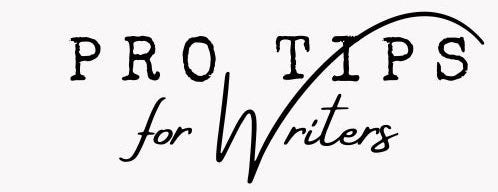I’ve just finished sending notes to people whose work I declined. I do not like it, Sam. I am on the receiving end of rejections so often, and I know how those things can take the air right out of you. Being a sender of rejection gives me some insight into the process, but it doesn’t protect me from a dagger-through-the-heart reaction to rejection.
Have you wondered what goes on behind the scenes? Wondered what “not a good fit” means? Wondered what the heck editors want? Then please allow me to give you some behind the scenes info.
If you were submitting your work to literary journals around the time I started doing that, you’ll remember that it worked like this:
You’d put three or four poems (or a story or a full length manuscript) into an envelope (or box, if it’s a novel) along with a SASE, and send them to the first journal on your list and get on with your life. No one allowed simultaneous submissions in those days. You’d get a response in six months or twelve months or maybe not at all.
You knew as soon as you opened the mailbox whether you’d been rejected (the envelope would still be fat). Sometimes the returned poems were pristine (had anyone even read them?) and you could put them into another envelope along with another SASE and send them to the next editor on your list. Sometimes the pages were crumpled or torn or smudged or stained, and then you’d have to retype everything before sending it out again. Retype. Yes, children, we used typewriters in those days.
Sometimes there would be a slip of paper, typed or mimeographed. It might say These do not fit our current needs or These came close. We desperate souls spent a lot of time trying to decipher the meaning behind those statements. We imagined they held secret codes far beyond the words. Will my poems fit your future needs? How close? What is close?
If the rejection slip had a handwritten note, even a single word, we assumed the editor wanted to see more of our work. Unless an assistant randomly jotted words on the pre-printed strips of paper. A letter of rejection was cause for rejoicing. It meant the editor liked the submission enough to write a letter—well, a line or two, anyway. A letter, by george, was almost as good as an acceptance.
IS IT A GOOD FIT?
Every reader and editor has different tastes. Every journal has a different vibe. The single best way to figure out what’s right for any journal is to read what they’ve already published. Most places have, at the very least, examples online of work they’ve published. Things to consider:
Does the tone, genre, and length of your piece fit in with what’s already been used by the journal?
Have you read that journal lately? Editors and publications change. The style of writing a journal published in 1979 is probably nothing like what it’s using today.
WHAT DOES THE LETTER MEAN?
No editor that I know has the time or energy to write a complete analysis of every submission. Honestly, we’d do it if we could. Hence the code. The rejection letters I sent today ranged from ‘not a good fit’ to ‘not this time, but maybe next time.’ Here’s what I meant:
Not a good fit: this is not the sort of thing we publish. Maybe it’s a waste of your time and mine or maybe it’s an award-winner that hasn’t yet found the right journal. P.S. It’s not my job to find that journal for you; it’s up to the author of the piece to know what it is or isn’t and where it might fit in.
No, but I liked [specific thing]: I want you to know that you did a great job with [specific thing], but the piece as a whole isn’t a good fit. Or it needs more revision. Or you sacrificed [some other specific thing] while putting your time into the [specific thing] you did well.
No, but we’d be happy to read more: Similar to “this came close.” I’m not just being nice. I don’t have to be nice. When I say I’d be happy to read more of your work, I mean it. Caveat: I don’t mean that you should send another piece within minutes of getting this rejection. Wait a few weeks, please. If you decide to submit again, it’s fine to remind me that I encouraged you this time.
ONE SOMETIMES HELPFUL THING
Rejection Wiki : a list of literary journals and examples of the rejections they send. Some people think there are tiers of rejection, i.e. No, Not Quite, Not Quite But Send Us More, etc.
QUICK TIPS
My secret weapon for finding the journals most likely to appreciate my work is Chill Subs. If you use this link to get an annual subscription to the Sub Club, Chill Subs will give you a 10% discount. Full disclosure—I’ll get credit for it, but only if you use this link.
WHAT DO I KNOW?
I’ve been an editor at a small press, where the most important part of my job was reading submitted book manuscripts. These days I read short prose submissions for a literary journal. I’m also an author, with a decent publication record. (You can find links to some of the most recent pieces on the Read page of my website.) While I’m no expert on all things writing-related, I definitely know a little about some of those things. In this Pro Tips category, I offer brief posts that attempt to unravel the tangled mystery of writing and publishing.


